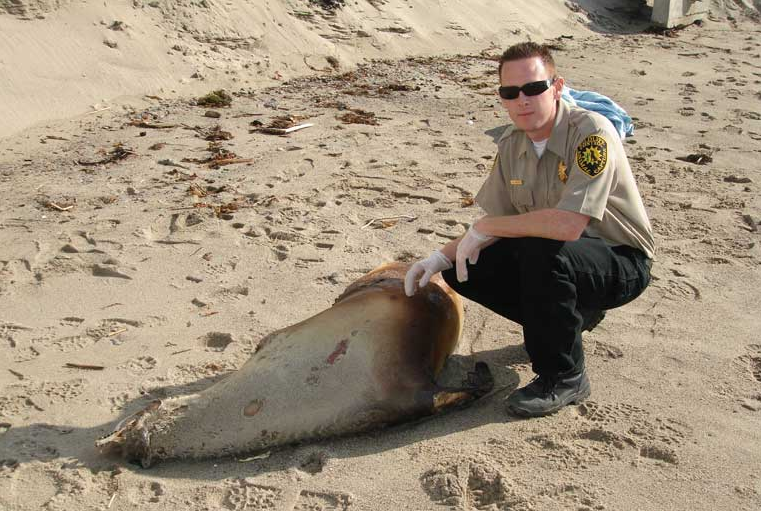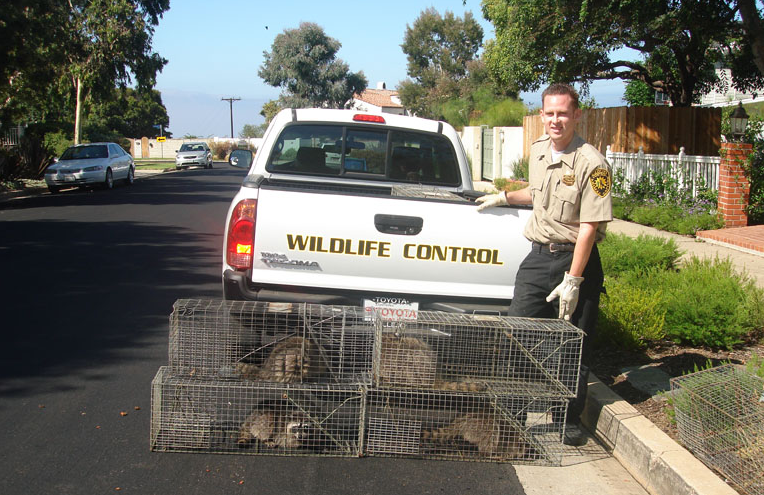Removing Dead Wildlife Safely
It’s fair to say that dead wildlife removal isn’t anybody’s favorite activity. While you’d like to avoid removing dead wild animals altogether, you may run into an instance where your property is negatively affected by a wildlife carcass. A certain percentage of property owners are familiar with the odor that deceased animals can give off for weeks or possibly months.
Animal Capture Wildlife Control has been removing wildlife carcasses from Los Angeles properties over the past twenty years. We’re going to use our wildlife removal knowledge to help you adopt techniques that will help you remove dead wild animals safely and with confidence.
You might be curious why it’s so essential to have a plan when getting rid of a dead wild animal. Strategically approaching wild animal removal helps you protect your health and the health of others around you.
Are you ready to learn how to remove dead wildlife like a pro?
Scan Your Environment
Finding a dead wild animal on your property can be challenging. Smells and flies can indicate the location of deceased wildlife. Once you find a wildlife carcass, it’s helpful to inspect the area to make sure there aren’t any other animals around while evaluating the deceased animal for any signs of life. Some animals can appear dead when they’re merely exhibiting shallow breathing.
What to Avoid When Removing a Dead Wild Animal
Sanitation is a crucial aspect of removing wild animals. Bacteria will grow on wild animal corpses and can spread to humans. Upon spreading, this bacteria can cause illness or a fatality. Parasites on dead wild animals are an equal threat, as they’re looking for a new host when you move the body. Spraying a wild animal corpse with flea or tick spray can increase your handling protection.
You can shield yourself from these bacterial dangers by avoiding direct contact with deceased wild animal fluids like blood, feces, and urine. If skin contact with a dead animal or dead animal’s bodily fluids does occur, you can wash the area with soap and water.
Avoiding direct contact with wildlife carcasses involves wearing protective gloves and full-length clothing at a minimum. Additional personal protective equipment can include masks or shovels for added handling distance. Latex and rubber gloves are going to be the least expensive and easiest to disinfect.
Use a Thick Bag for Transport
It’s essential to use a thick trash bag or sealable plastic bag when moving an animal carcass, as the thickness will negate the possibility of puncturing via the animal’s teeth, claws, or bones. You can move the animal’s body with a shovel or thick piece of cardboard to reduce the possibility of germ or bacterial transmission.
Any personal protective or handling equipment that made contact with the deceased animal should be disinfected. Disinfect this equipment with bleach before showering and washing your clothes.
So, where does the animal go from here?
Professional Los Angeles Dead Wildlife Removal Service

You don’t have to go through the work of relocating the animal you’ve just removed. Make things easier on yourself and call Animal Capture Wildlife Control so we can address your property’s dead animal removal needs in no time.
It’s okay if you don’t feel comfortable initiating any stage of dead wildlife removal. We can take care of your deceased wildlife removal needs from start to finish so you can reestablish a quality property environment.
We follow up all of our dead wildlife removal procedures with decontamination, odor elimination, and access point blockage that helps reduce the likelihood of repeated events.
Remove deceased wildlife the easy way by calling Animal Capture Wildlife Control at 310-551-0901.
